Panoramic photography and the cameras that take them have always been one of my favorite kinds of photography. As your eyes see the world and your mind conveys the images, it’s frustrating for me to see such a narrow view in so many different photos.
I have several different wide-angle or panoramic cameras in my collection and want even more. I regularly shoot with my early Kodak Panoram No.1 camera because it can use 120 film, similar to the Al-Vista Baby camera. Both are early versions of panoramic cameras dating back to the early 20th century.
When the opportunity to purchase a Panon Widelux F7 at a very reasonable price, I bought it and sent it to a highly regarded technician in the US to have the camera overhauled to bring it back to factory specification as well as adding a different rewinding knob to make the film rewind a bit easier. This whole process took around six months due to the timeline of the camera servicing.
My wife and I were planning a two-week trip to Germany, Holland, Belgium, and France, and the one camera I wanted to bring with me on this holiday was the F7, along with about ten rolls of 35mm film, mostly B&W.
Before going on the trip, I had shot a few rolls to get used to how the camera handled and talked to a few friends who have the Widelux camera; they gave me some pointers on the correct ways to hold the camera so my fingers didn’t get in all the images. These were helpful, and I’m glad I got many bad habits out of the way before going on this trip.
Since this article is limited to just five frames, I brought the Widelux F7 to the Louvre with me to see what kind of images I could achieve with such a wonderful camera. I did get many wonderful images with the camera, but the most striking to me were the ones I took at the Louvre.
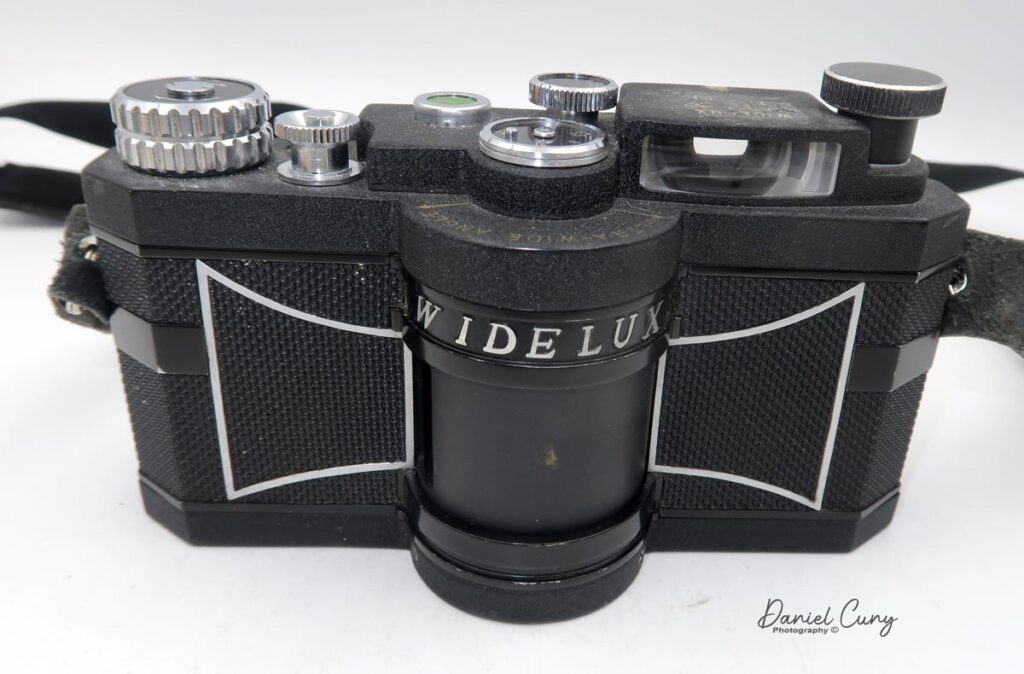
To give you a little bit of background on the Widelux F7, the camera is limited to just three different shutter speeds: 1/250, 1/125, and 1/15 sec. The aperture ranges from f2.8 through F11. These are both set with dials on the top of the camera. There’s also a bubble level on top of the camera to adjust how accurately the camera is level to the ground, which helps to avoid crooked horizon lines for scenic images.
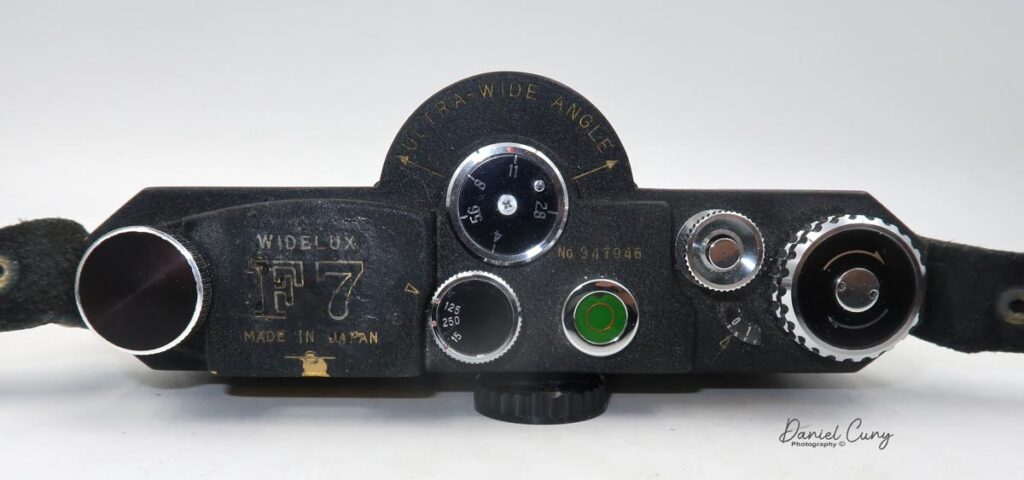
I don’t want to take away from the images, but the first roll of film I didn’t load correctly. If you do or are interested in purchasing a Widelux in the future, the loading process is different from that of other cameras and something you should practice before shooting.
We had 11:00 am reservations for The Louvre, which was good because by the time we arrived, the line to get in, even with reservations, was pretty long, which we anticipated. Once in, the crowds in the museum were significant, but I still had to take advantage of the situation and get some images with the Widelux F7.

The first area we visited was a room with several larger-than-life statues. I took some images in that room, which could have been pretty good. The light coming into the room was good enough for me to use 1/125 sec at f5.6 as I was shooting with Ilford SFX 200 film. Of course, while at the Louvre, you always need to see the, or attempt to see, The Mona Lisa. My wife and I visited The Louvre a year earlier and didn’t stop by to see the famous painting, and the other time we were at it was probably ten years earlier. At that time, maybe we got to the museum a bit earlier as it was pretty easy to get very close and possibly right in front, but this time the crowd was madness.
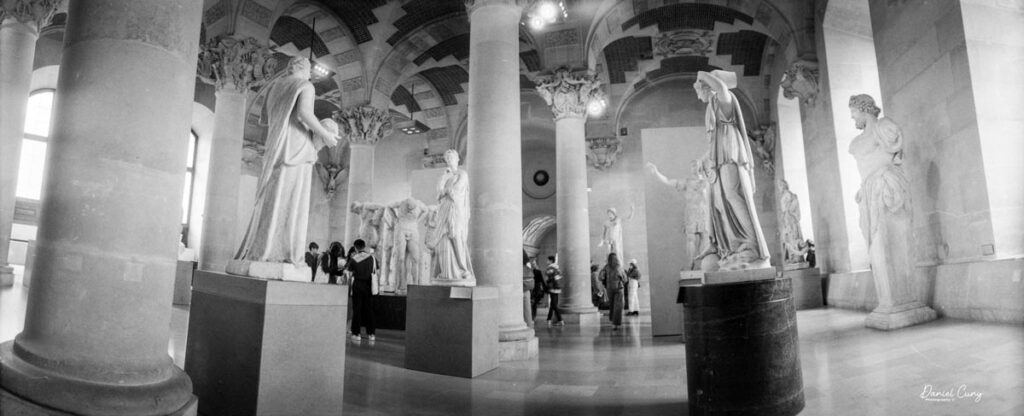
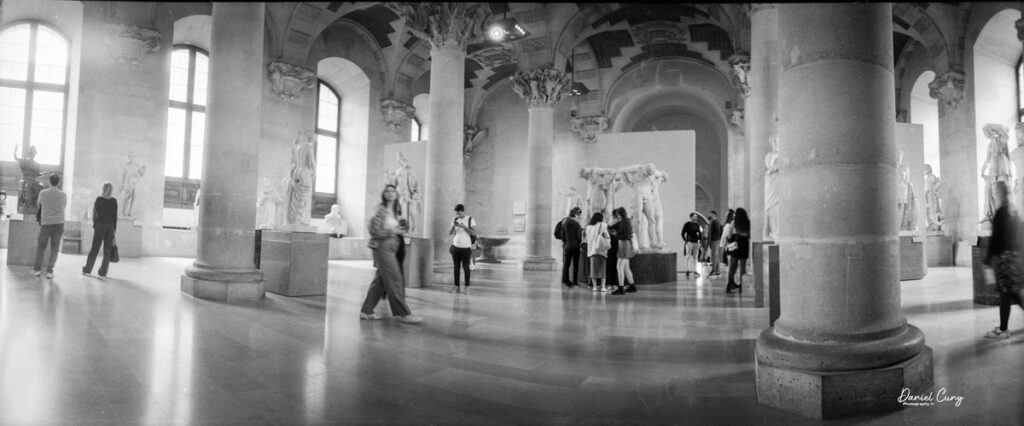
I wanted to take a photo with the F7 inside the Mona Lisa room, but it was too hectic, so I chose to take a few in the hallway outside the room where the famous paint was housed. Due to the lower light conditions, I had to use a 1/15 shutter speed and F4, but I propped the lens onto a ledge of a column to keep the camera steady when the lens whirled around the camera to capture the image.
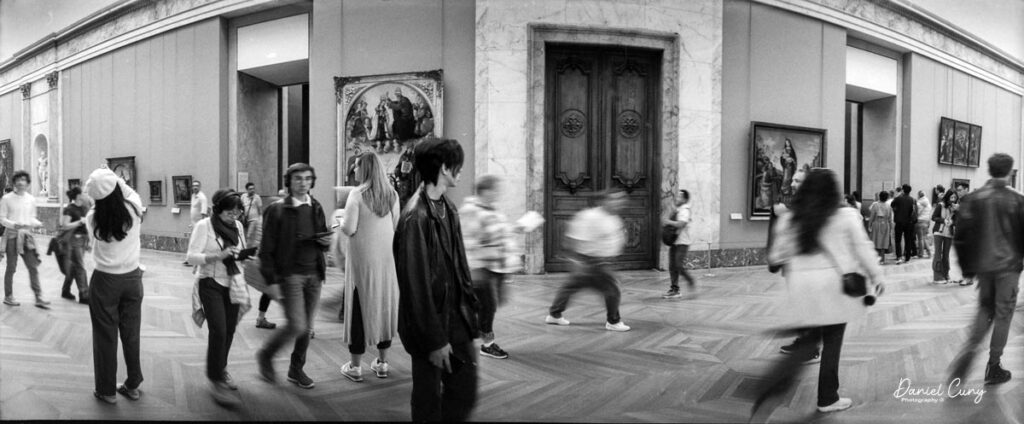
There were a few others that I took at 1/15 of a sec. To keep the camera steady, I had the strap around my neck, pulled down on the strap, and pressed the shutter, which actually worked out pretty well in many of the images.
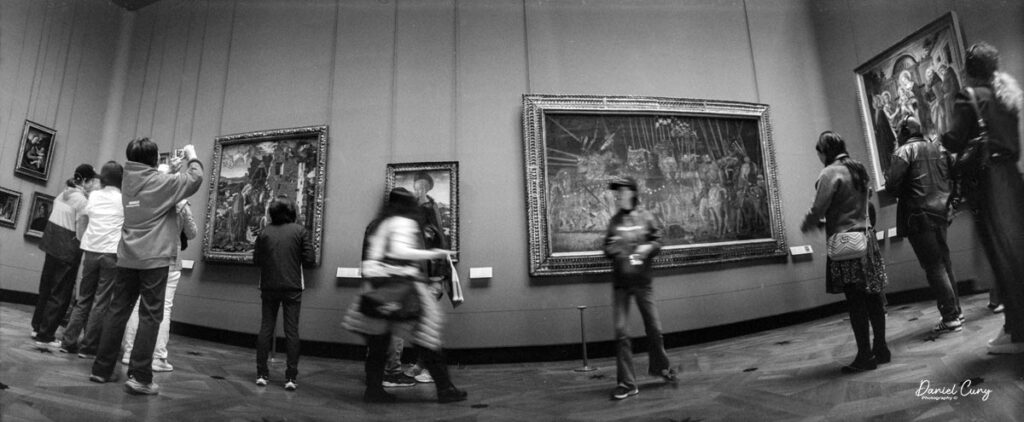
Overall, the images turned out wonderful, and I plan on taking the camera with me on all trips and just shooting around town. The images turn out sharp, and you always get the wide, expansive view I desire in a photo.
I write a weekly camera collecting blog and show other images on my website, www.dancuny.com
Share this post:
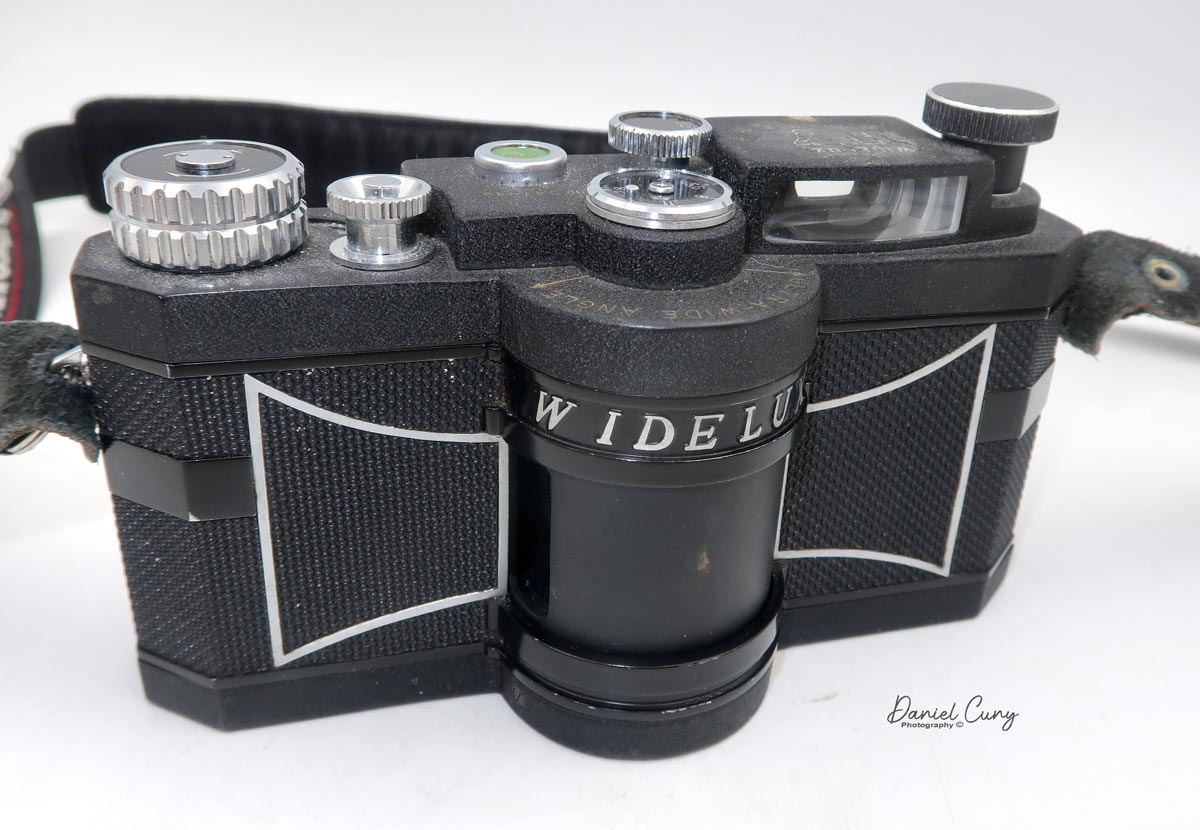
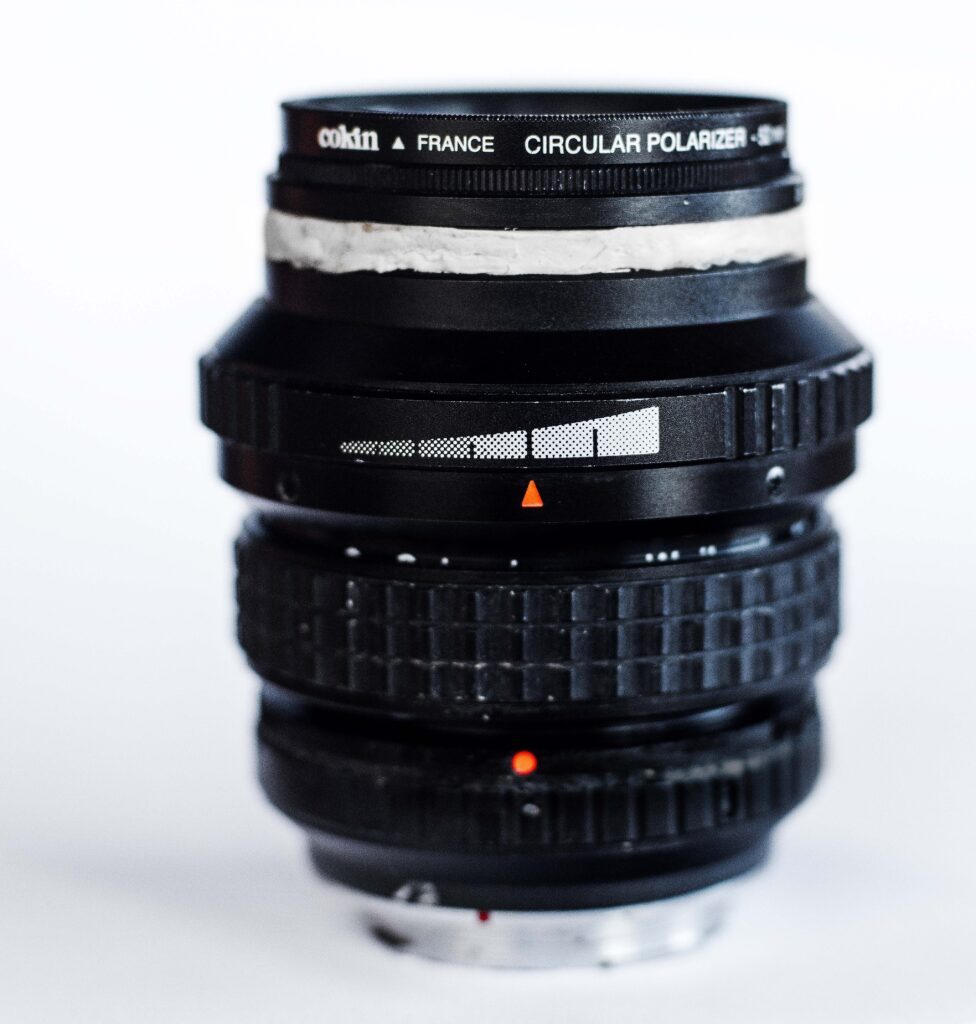
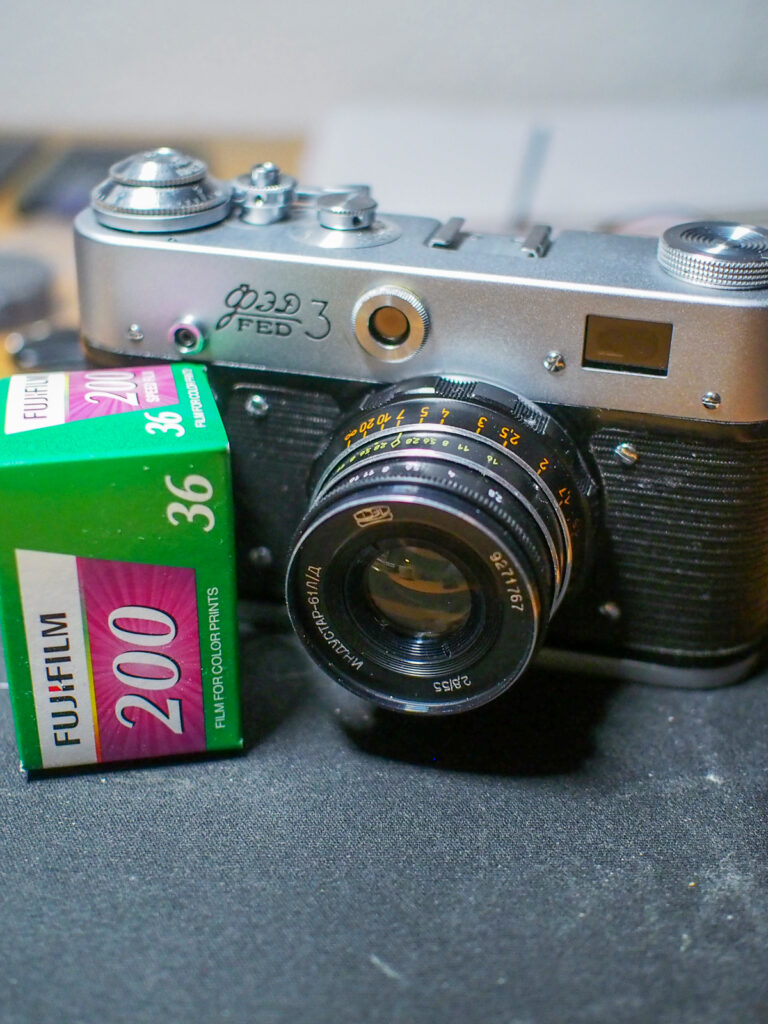
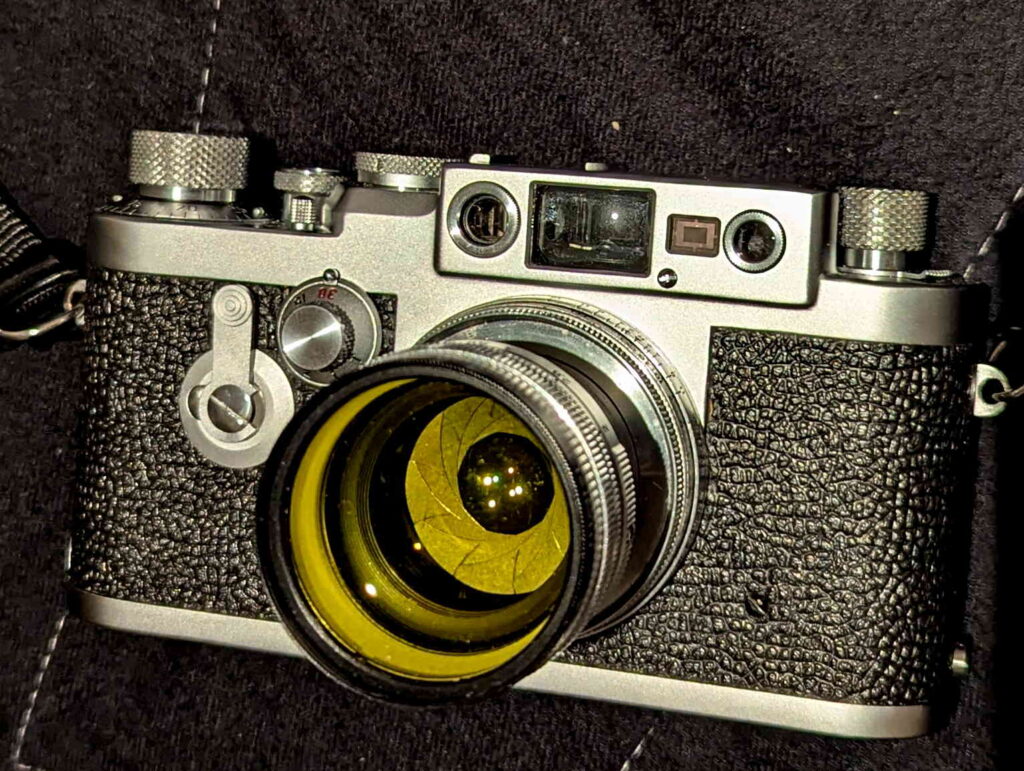
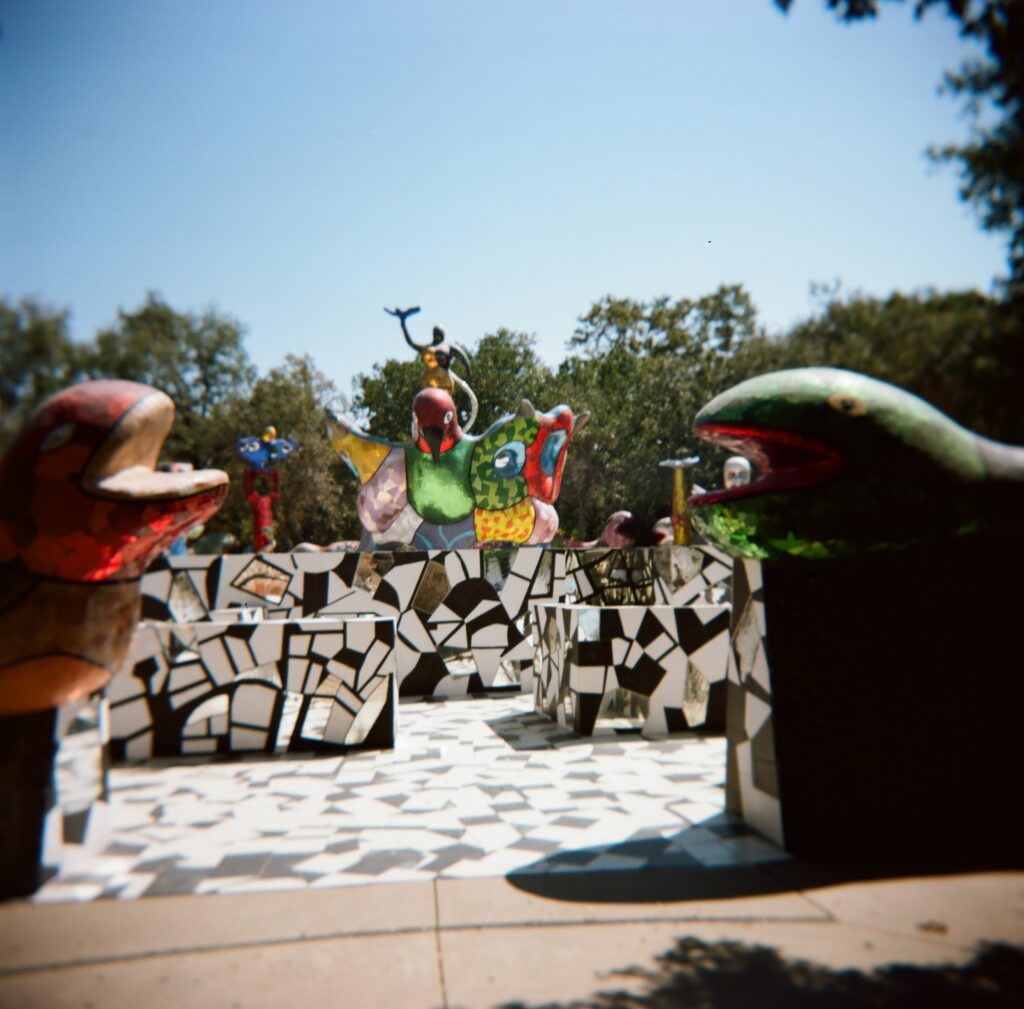




Comments
Jeffery Luhn on 5 Frames with a Widelux F7 at The Louvre
Comment posted: 22/08/2024
Interesting article and background. Back in the film days I used a Widelux for a while for interiors, but clients objected to the distortion. I liked it, but they didn't. Magazines really objected. I used a 65mm 4x5 camera built from a Cuban cigar box and that satisfied everyone. And the camera smelled good too! Question: Have you had luck getting the lines parallel in Photoshop? I do that with panorama shots on my cell phone for current clients, and it works well. Or are you interested in preserving what the camera sees and keeping things unaltered?
Comment posted: 22/08/2024
Gary Smith on 5 Frames with a Widelux F7 at The Louvre
Comment posted: 23/08/2024
Comment posted: 23/08/2024
Comment posted: 23/08/2024